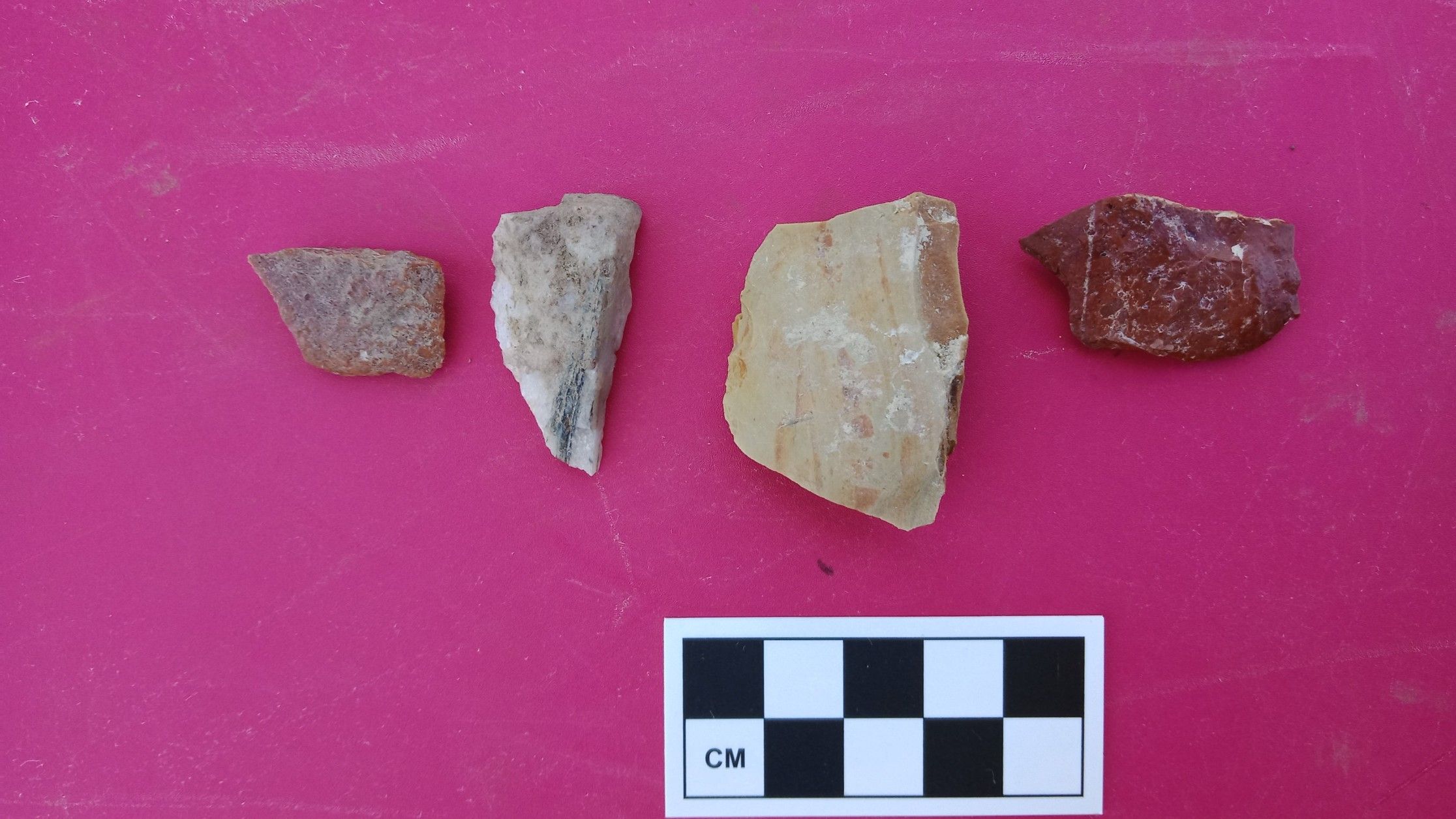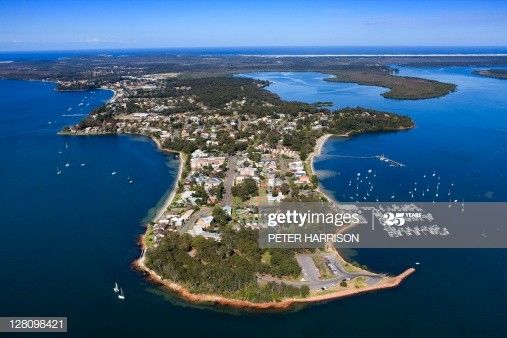An Aboriginal site that is registered on the NSW Aboriginal Heritage Information Management System database and is known as an AHIMS site. It may be of low, moderate, or high significance. AHIMS sites generally contain Aboriginal objects (physical items) which are protected under the National Parks and Wildlife Act 1974.
An Aboriginal object is defined as:
any deposit, object or material evidence (not being a handicraft made for sale) relating to the Aboriginal habitation of the area that comprises New South Wales, being habitation before or concurrent with (or both) the occupation of that area by persons of non-Aboriginal extraction, and includes Aboriginal remains
(National Parks and Wildlife Act 1974 Part 1[5]).

Stone artefacts are a very common Aboriginal object type.
There are over 93,000 AHIMS sites registered in NSW.* Most of these sites have been identified by archaeologists and heritage consultants as part of pre-development assessments. AHIMS sites are registered on the AHIMS database by submitting an Aboriginal Site Card (form) and can be registered in a matter of days. There are many AHIMS sites which have been subject to Aboriginal Heritage Impact Permits (AHIPs).
An Aboriginal Place is a place of very high and special significance to Aboriginal people. Often they have special cultural or spiritual significance and tend to be nominated by the Aboriginal community. An Aboriginal Place is gazetted by the minister. The process of gazettal is lengthy and may take years. There are only 133 Aboriginal places gazetted in NSW**. The extent of Aboriginal Places tends to be bound by landscape or cultural markers rather than Aboriginal objects. For instance, Soldiers Point Aboriginal Place in Port Stephens is bound by its landform – it is a physical point which juts out from the shoreline. It is very rare for an Aboriginal Heritage Impact Permit to be issued for impact to an Aboriginal Place.

Soldiers Point – Aboriginal Place
In conclusion, both Aboriginal Places and Aboriginal sites are registered in the AHIMS database and both are protected under the National Parks and Wildlife Act 1974. However, AHIMS sites are far more common than Aboriginal Places. Due to their significance Aboriginal Places tend to have a higher level of protection.
** (Source: State Heritage Inventory).